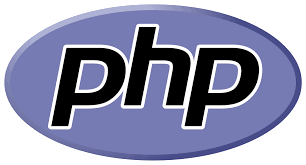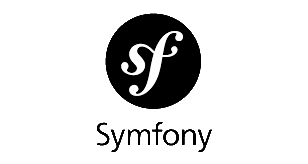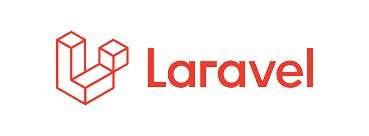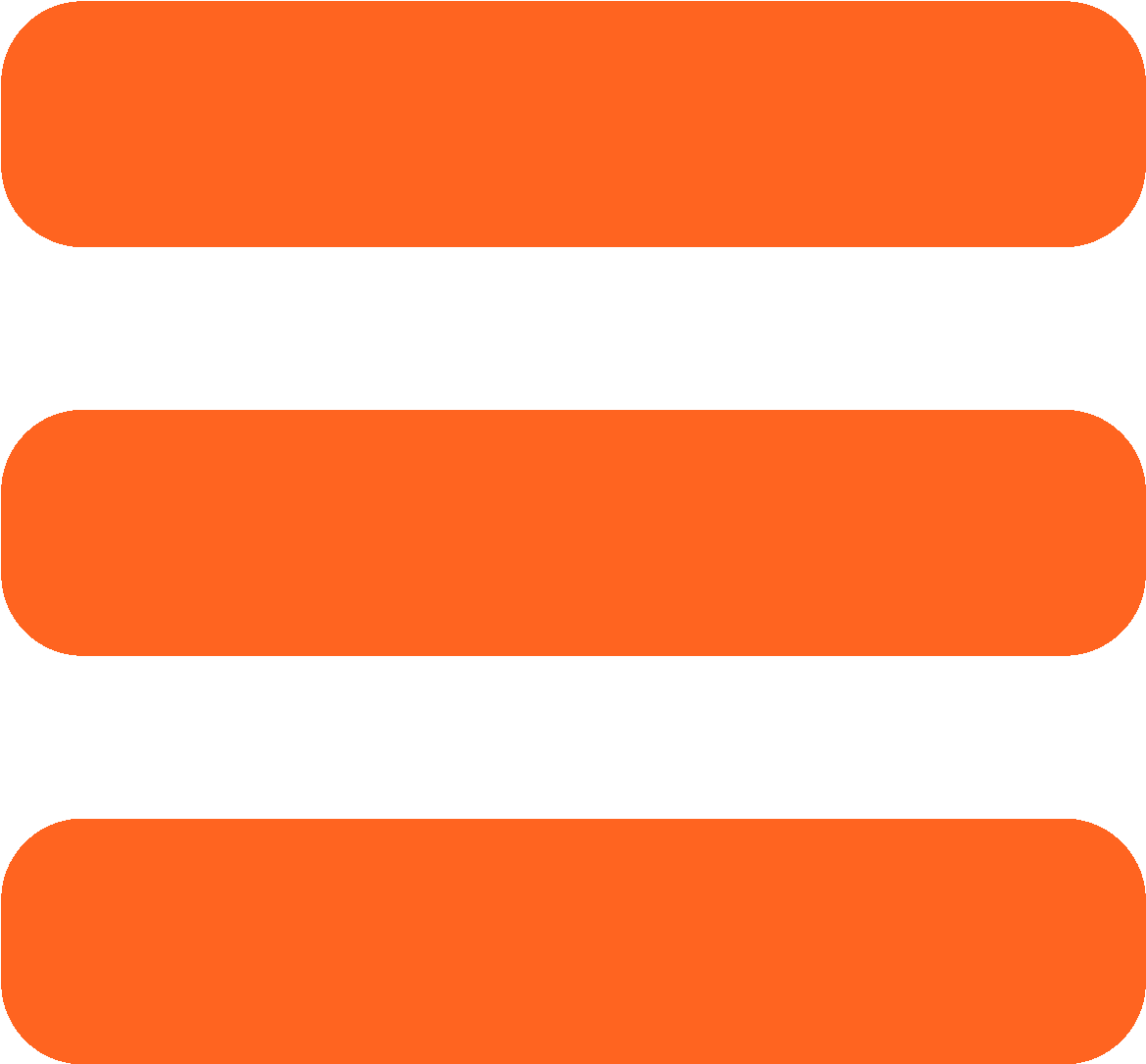PHP

PHP is a general-purpose scripting language geared towards web development. It was originally created by Danish-Canadian programmer Rasmus Lerdorf in 1994. The PHP reference implementation is now produced by The PHP Group. PHP originally stood for Personal Home Page, but it now stands for the recursive initialism PHP: Hypertext Preprocessor.
PHP code is usually processed on a web server by a PHP interpreter implemented as a module, a daemon or as a Common Gateway Interface (CGI) executable. On a web server, the result of the interpreted and executed PHP code – which may be any type of data, such as generated HTML or binary image data – would form the whole or part of an HTTP response. Various web template systems, web content management systems, and web frameworks exist which can be employed to orchestrate or facilitate the generation of that response. Additionally, PHP can be used for many programming tasks outside the web context, such as standalone graphical applications and robotic drone control. PHP code can also be directly executed from the command line.
The standard PHP interpreter, powered by the Zend Engine, is free software released under the PHP License. PHP has been widely ported and can be deployed on most web servers on a variety of operating systems and platforms.
The PHP language evolved without a written formal specification or standard until 2014, with the original implementation acting as the de facto standard which other implementations aimed to follow. Since 2014, work has gone on to create a formal PHP specification.
W3Techs reports that, as of April 2021, "PHP is used by 79.2% of all the websites whose server-side programming language we know."
 Symfony is a PHP web application framework and a set of
reusable PHP components/libraries.
It was published as free software on October 18, 2005 and released under the MIT license.
Symfony is a PHP web application framework and a set of
reusable PHP components/libraries.
It was published as free software on October 18, 2005 and released under the MIT license.
Symfony aims to speed up the creation and maintenance of web applications and to replace repetitive coding tasks. It's also aimed at building robust applications in an enterprise context, and aims to give developers full control over the configuration: from the directory structure to the foreign libraries, almost everything can be customized. To match enterprise development guidelines, Symfony is bundled with additional tools to help developers test, debug and document projects.
Symfony has a low performance overhead used with a bytecode cache.
 Laravel is a web application framework with expressive, elegant
syntax. A web framework provides a structure and starting point for creating your
application,
allowing you to focus on creating something amazing while we sweat the details.
Laravel strives to provide an amazing developer experience while providing powerful features
such as thorough dependency injection,
an expressive database abstraction layer, queues and scheduled jobs, unit and integration
testing, and more.
Laravel is a web application framework with expressive, elegant
syntax. A web framework provides a structure and starting point for creating your
application,
allowing you to focus on creating something amazing while we sweat the details.
Laravel strives to provide an amazing developer experience while providing powerful features
such as thorough dependency injection,
an expressive database abstraction layer, queues and scheduled jobs, unit and integration
testing, and more.
 WordPress (WP, WordPress.org) is a free and open-source content
management system (CMS) written in PHP and paired with a MySQL or MariaDB database.
Features include a plugin architecture and a template system, referred to within WordPress
as Themes.
WordPress was originally created as a blog-publishing system but has evolved to support
other web content types including more traditional mailing lists and forums,
media galleries, membership sites, learning management systems (LMS) and online stores.
WordPress is used by 42.8% of the top 10 million websites as of October 2021,
WordPress is one of the most popular content management system solutions in use. WordPress
has also been used for other application domains, such as pervasive display systems (PDS).
WordPress (WP, WordPress.org) is a free and open-source content
management system (CMS) written in PHP and paired with a MySQL or MariaDB database.
Features include a plugin architecture and a template system, referred to within WordPress
as Themes.
WordPress was originally created as a blog-publishing system but has evolved to support
other web content types including more traditional mailing lists and forums,
media galleries, membership sites, learning management systems (LMS) and online stores.
WordPress is used by 42.8% of the top 10 million websites as of October 2021,
WordPress is one of the most popular content management system solutions in use. WordPress
has also been used for other application domains, such as pervasive display systems (PDS).
 Magento is an open source eCommerce platform for building
online stores. Distributed under the OSL 3.0 license.
Magento is an open source eCommerce platform for building
online stores. Distributed under the OSL 3.0 license.
Magento is one of the most popular open systems for organizing e-commerce on the web: more than 100 thousand online stores have been created on the basis of this platform, more than 2 thousand extensions have been created by third-party developers, the project community has about 375 thousand members, the platform code has been uploaded more than 2,5 million times, through the systems based on Magento in 2010, goods were sold for 25 billion dollars . Over the several years of its existence, the platform has won the Best of Open Source Software Awards and SourceForge Community Choice Awards several times . Magento Commerce platform accounts for about 30% of the total market share .
This software is built using the Zend Framework. The raw Magento code is distributed under the Open Source Initiative (OSI) approved Open Software License (OSL) v3.0, which is similar in nature to the AGPL license, but not GPL compliant. The peculiarity of the OSL license is that if someone modifies the program, but does not distribute the result of his work, but simply uses it on his website, then he is still obliged to open the code of the changes made and distribute it under the same license. The OSL does not prohibit commercial use of the products.
 Drupal is a free and open-source web content management system
(CMS) written in PHP and distributed under the GNU General Public License.
Drupal provides a back-end framework for at least 13% of the top 10,000 websites worldwide –
ranging from personal blogs to corporate, political,
and government sites. Systems also use Drupal for knowledge management and for business
collaboration.
Drupal is a free and open-source web content management system
(CMS) written in PHP and distributed under the GNU General Public License.
Drupal provides a back-end framework for at least 13% of the top 10,000 websites worldwide –
ranging from personal blogs to corporate, political,
and government sites. Systems also use Drupal for knowledge management and for business
collaboration.
The Drupal community comprised more than 1.39 million members, including 121,000 users actively contributing, resulting in more than 46,800 free modules that extend and customize Drupal functionality, over 2,900 free themes that change the look and feel of Drupal, and at least 1,300 free distributions that allow users to quickly and easily set up a complex, use-specific Drupal in fewer steps.
The standard release of Drupal, known as Drupal core, contains basic features common to content-management systems. These include user account registration and maintenance, menu management, RSS feeds, taxonomy, page layout customization, and system administration. The Drupal core installation can serve as a simple website, a single- or multi-user blog, an Internet forum, or a community website providing for user-generated content.
Drupal also describes itself as a Web application framework. When compared with notable frameworks, Drupal meets most of the generally accepted feature requirements for such web frameworks. Although Drupal offers a sophisticated API for developers, basic Web-site installation and administration of the framework require no programming skills. Drupal runs on any computing platform that supports both a web server capable of running PHP and a database to store content and configuration.
